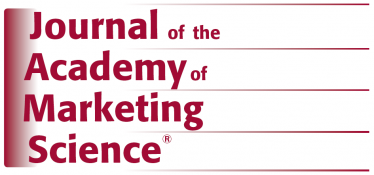Paper on willingsness to pay by Jonas Schmidt (IfM) published at JAMS

The research paper Accurately measuring willingness to pay for consumer goods: a meta-analysis of the hypothetical bias by Jonas Schmidt (IfM) and Tammo H. A. Bijmolt (University of Groningen) is now published at the Journal of the Academy of Marketing Science (JAMS) in a special issue on Generalizations in Marketing: Systematic Reviews and Meta-Analyses, edited by Mark B. Houston and John Hulland.
Go to the full article or read the abstract here:
Consumers’ willingness to pay (WTP) is highly relevant to managers and academics, and the various direct and indirect methods used to measure it vary in their accuracy, defined as how closely the hypothetically measured WTP (HWTP) matches consumers’ real WTP (RWTP). The difference between HWTP and RWTP is the “hypothetical bias.” A prevalent assumption in marketing science is that indirect methods measure WTP more accurately than do direct methods. With a meta-analysis of 77 studies reported in 47 papers and resulting in 115 effect sizes, we test that assumption by assessing the hypothetical bias. The total sample consists of 24,347 included observations for HWTP and 20,656 for RWTP. Moving beyond extant meta-analyses in marketing, we introduce an effect size metric (i.e., response ratio) and a novel analysis method (i.e., multivariate mixed linear model) to analyze the stochastically dependent effect sizes. Our findings are relevant for academic researchers and managers. First, on average, the hypothetical bias is 21%, and this study provides a reference point for the expected magnitude of the hypothetical bias. Second, the deviation primarily depends on the use of a direct or indirect method for measuring HWTP. In contrast with conventional wisdom, indirect methods actually overestimate RWTP significantly stronger than direct methods. Third, the hypothetical bias is greater for higher valued products, specialty goods (cf. other product types), and within-subject designs (cf. between-subject designs), thus a stronger downward adjustment of HWTP values is necessary to reflect consumers’ RWTP.

